Round is this week’s Travel Theme. What could be rounder than balls of delish ice-cream???
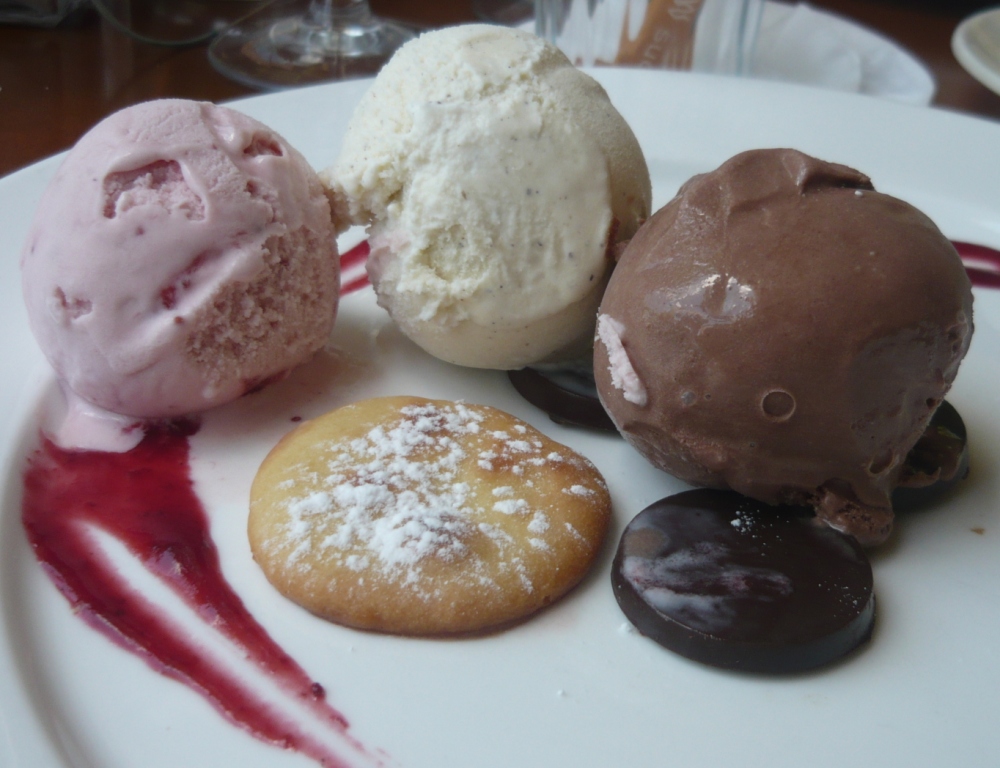 Maybe a round soft poached egg with hollandaise sauce on top of asparagus and a round of freshly baked bread ??
Maybe a round soft poached egg with hollandaise sauce on top of asparagus and a round of freshly baked bread ??
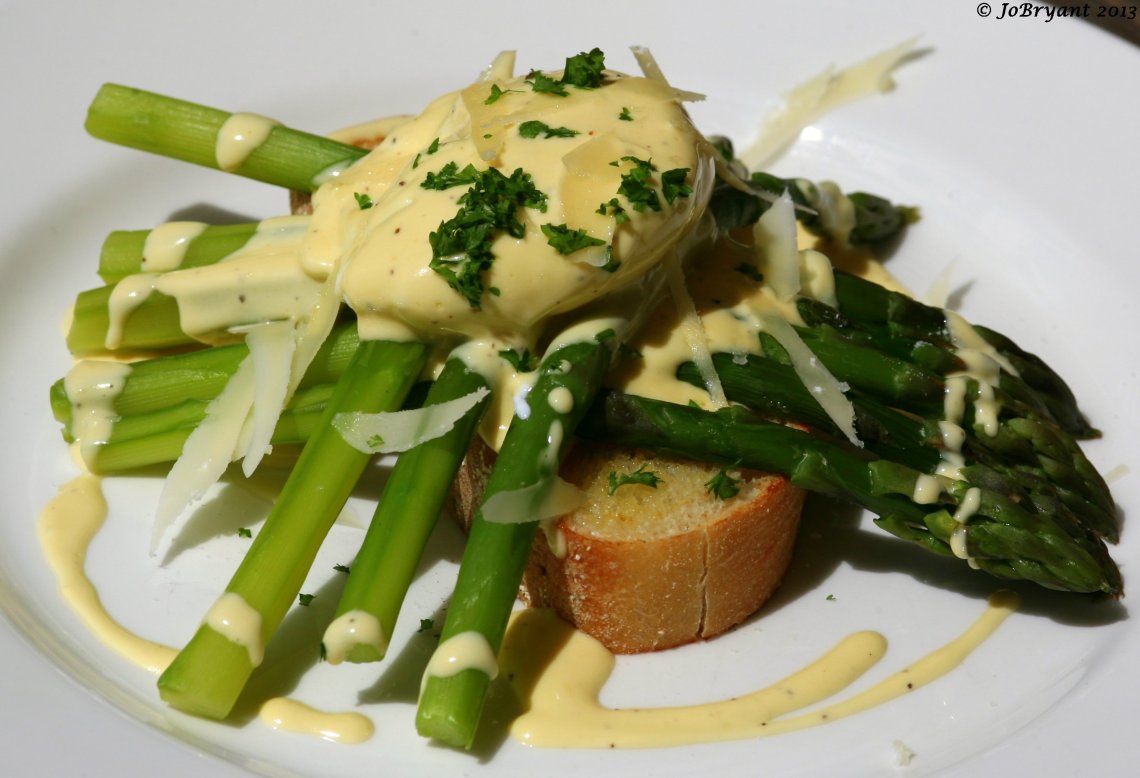 Not to be forgotten is the homemade pizza…all round oozing with melting goodies.
Not to be forgotten is the homemade pizza…all round oozing with melting goodies.
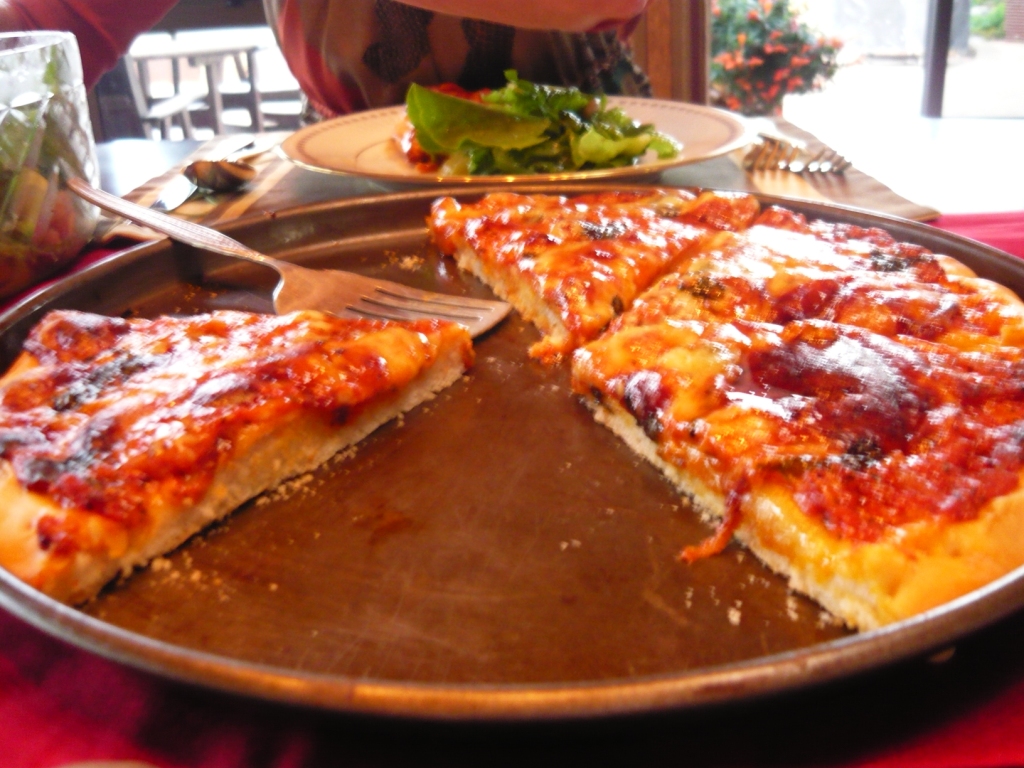 Now we are heading in to colder months here I am a big fan of a hot round bowl of soup…especially Bok Choy Soup with prawns and mushrooms.
Now we are heading in to colder months here I am a big fan of a hot round bowl of soup…especially Bok Choy Soup with prawns and mushrooms.
 I do love the feel of a ripe round peach in my hand, raising it to my nose to suck in the sweetness before taking that first bite.
I do love the feel of a ripe round peach in my hand, raising it to my nose to suck in the sweetness before taking that first bite.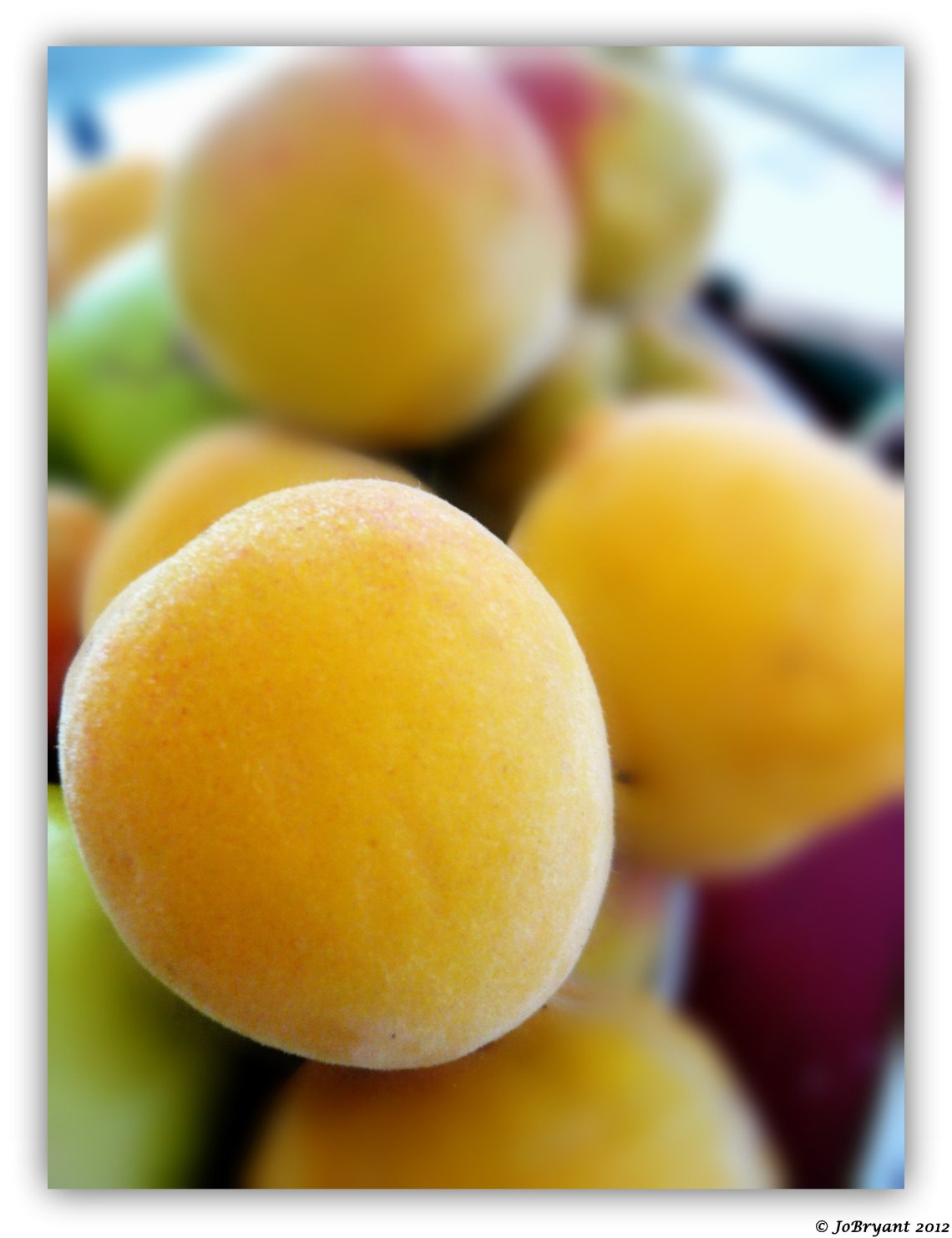 To finish I shall leave you with my favourite sweet treat…the delightfully round Neenish Tart. Add a ball of whipped cream and I’m yours for life.
To finish I shall leave you with my favourite sweet treat…the delightfully round Neenish Tart. Add a ball of whipped cream and I’m yours for life.
Some thoughts around round:
- “Do you mean to say,” asked Caspian, “that you three come from a round world (round like a ball) and you’ve never told me! It’s really too bad for you. Because we have fairy-tales in which there are round worlds and I have always loved them … Have you ever been to the parts where people walk about upside-down?”
Edmund shook his head. “And it isn’t like that,” he added. “There’s nothing particularly exciting about a round world when you’re there.” ― C.S. Lewis, The Voyage of the Dawn Treader - “Money, you have lots of friends hanging round the door.
When it’s gone and the spending ends
They don’t come no more.” ― Billy Holiday
- “Life’s just a merry-go-round. Come on up. You might get a brass ring.” ― Mae West

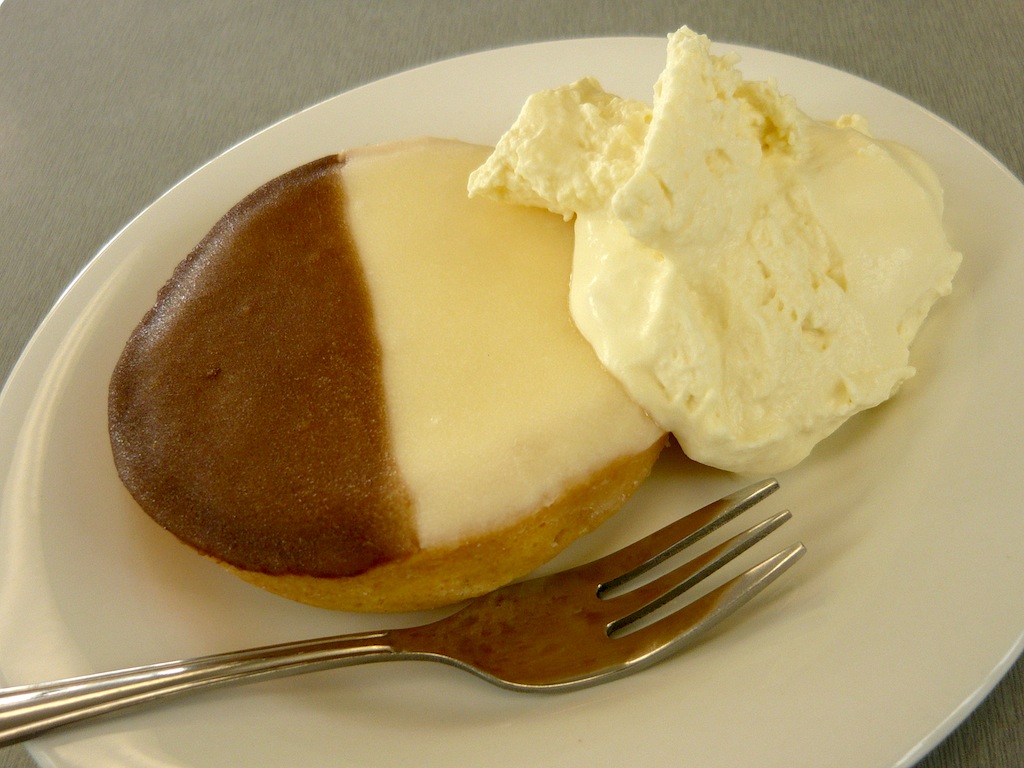

I’ve gained 5 pounds reading this post! OMG! I think round foods are my new favorite foods….
LikeLike
Round foods are always good foods for some reason.
😉
LikeLike
You are making me incredibly hungry Jo!
LikeLike
Hehehehe…then my work here is done.
LikeLike
Delicious round post, Jo! I think you made the post Intentionally! 😀 😀
LikeLike
I surely did…hehehehehehe
LikeLike
Great post and shares all a-round. 😀 Very magazine-like photography you have here
LikeLike
Thanks Rommel…what a lovely compliment.
LikeLike
Great ideas… and SO yummy looking. Makes me think of summer.
LikeLike
Good food always makes me happy.
LikeLike
Me too 🙂
LikeLike
Yummy makes my tummy rumble, you’ve managed to pick all my favourite foods Jo. I think I will invite myself to your house for lunch
LikeLike
Sounds like a very good plan PP…a very good plan.
😉
LikeLike
My daughter lives at Tauranga so who knows maybe at the next visit to her I will call by to say G’day… 🙂
LikeLike
Oh I hope so PP…that would be awesome !!!
LikeLike
Probably be 2 years before our next trip. We were there Feb-March this year. But time passes so quickly doesn’t it???
LikeLike
Well I sure hope to see you, though I am actually hoping to be in Napier by then…if all goes according to plan. But you could come for a visit…it is a wonderful place.
LikeLike
You choose some of the nicest places to live Jo. I really like Napier, spent 1 day passing through this year and definitely is on the to-do list for a longer visit.
LikeLike
Then a bed and some brekkie will await you !!!!
LikeLike
Thanks so much Jo it will be a pleasure to meet one of my blogging buddies. I had another blogging couple from America call in to see me last year and I had great pleasure showing them a very small part of the GC
LikeLike
I bet you did. Marianne from East of Malaga called in to visit me with her hubbie…it was such fun.
LikeLike
You might like to look at this blog http://jillscene.wordpress.com/feed/ Jill is from Napier, she is a new blogger and I enjoy her posts.
LikeLike
I did…and I do too !!!
LikeLike
A really delicious round post. Jo. Now I need some breakfast. 🙂
LikeLike
Hehehehe…good. Seems I drove a few people in the direction of food.
LikeLike
Jo this is ace – except that I’m starving now 🙂
LikeLike
Oh grand !! I achieved my goal then.
LikeLike
Oh and what is neenish tart?
LikeLike
This could take a while Gilly. For the one I make and love:
This is for about 30.
Pastry cases…
125g soft butter
1/2 cup white sugar
1 egg
2 cups plain flour
1 teaspoon baking powder
Pinch of salt
Ensure your butter is very soft for a start. Either zap it quickly in the microwave for a few seconds at a time or cut it into cubes & sit it in a bowl of tepid water for a few mins. Cream butter & sugar until pale in colour & fluffy in consistency. You could probably save a lot of time by doing this with a hand held electric beater. If you can’t be bothered getting the electric beater out, just do it by hand using a wooden spoon. Add the egg & beat well. Sift the flour, baking powder & salt & then add to the creamed mixture. Stir well until everything is combined & it starts coming together. Lightly flour your bench & turn the dough out. Knead it for a couple of minutes & then form it into a disc. Wrap in clingfilm & then leave to rest in the fridge for 15 mins. Heat your oven to 180C static or 160C fan bake. Grab the patty pans & spray them lightly with cooking spray – or grease well with butter. Remove the pastry from the fridge. Lightly flour your kitchen bench again & then roll the pastry out to a few mm thick – 2 to 4 mm. Cut out rounds using a 7cm ish biscuit cutter (or a size that will best fit your patty pans, remembering to allow for the pastry to be pressed down a bit into the pan) & place each one into the patty pans. Press each round of pastry gently into the patty pan. Grab a fork & prick the bottom of each pastry case twice. Bake for 12 minutes or until the cases are cooked & look nice & golden. Remove from the oven & leave the cases in the patty pans to cool completely before filling them.
Filling:
1/2 cup icing sugar
100g soft butter
1/2 cup sweetened condensed milk
2 tablespoons lemon juice
Sift icing sugar into a bowl. Add butter, condensed milk & lemon juice. Beat until smooth. Fill pastry cases not quite to the top of the cases (allowing room for a thin layer of hard set icing on top). Leave the tarts to set in the fridge before icing the tops.
Icing tops
2 cups icing sugar
1/4 teaspoon soft butter
About 2.5 tablespoons water
1/4 teaspoon vanilla essence
Sift icing sugar into a bowl & add the butter & a little water at a time to reach a spreadable consistency (you can always add more sifted icing sugar to thicken & more water to thin if need be). Mix in the vanilla essence. Scoop out half of the white icing & place in a separate bowl. Leave to one side until you are ready to add the cocoa & ice the other side of the tarts. To make the chocolate icing, add 1 tablespoon of sifted cocoa powder & mix in, adding a little more water to gain a spreadable consistency. You don’t want the icing to be too runny because you’ll have no end of problems with it running off the sides of the tarts. So aim for a thick, spreadable consistency that just slowly falls off the end of a knife. First, ice half of the tarts with the white icing & then leave to set for a few minutes before icing the other half with the chocolate icing.
Now where did they come from ??? Rumour has it Australia, but no one knows for sure. According to this Ozwords site, it goes as follows:
Well I’ve copied this all to a word doc and may have a go at it when the daughter is around, I think it would be fun with a glass or two of cider! Meanwhile, I think it would make a brilliant blog post for the rest of your non Kiwi and Aussie readers 🙂 Thanks honey Gx
LikeLike
You might have a point Gilly. Let me know how it goes making them. Sometimes I cheat. I just colour half the filling with cocoa and skip the top layer of icing. A friend who makes amazing Neenish Tarts taught me that trick. Makes them just a little bit less sweet. I might make a batch and walk through the steps on a post. Thanks for giving me the idea dear lady !!!
LikeLike
Okay…now I’m starving!
LikeLike
Hehehehehe
😉
LikeLike
such fun Jo! Oh I do love neenish tarts .. I wonder where they got such a strange name? Happy Easter!
LikeLike
I left Gilly a rather long explanation of where they think it comes from in a reply to her comment.
LikeLike
Absolutely Yummy 🙂
LikeLike
Thanks Jake.
LikeLike